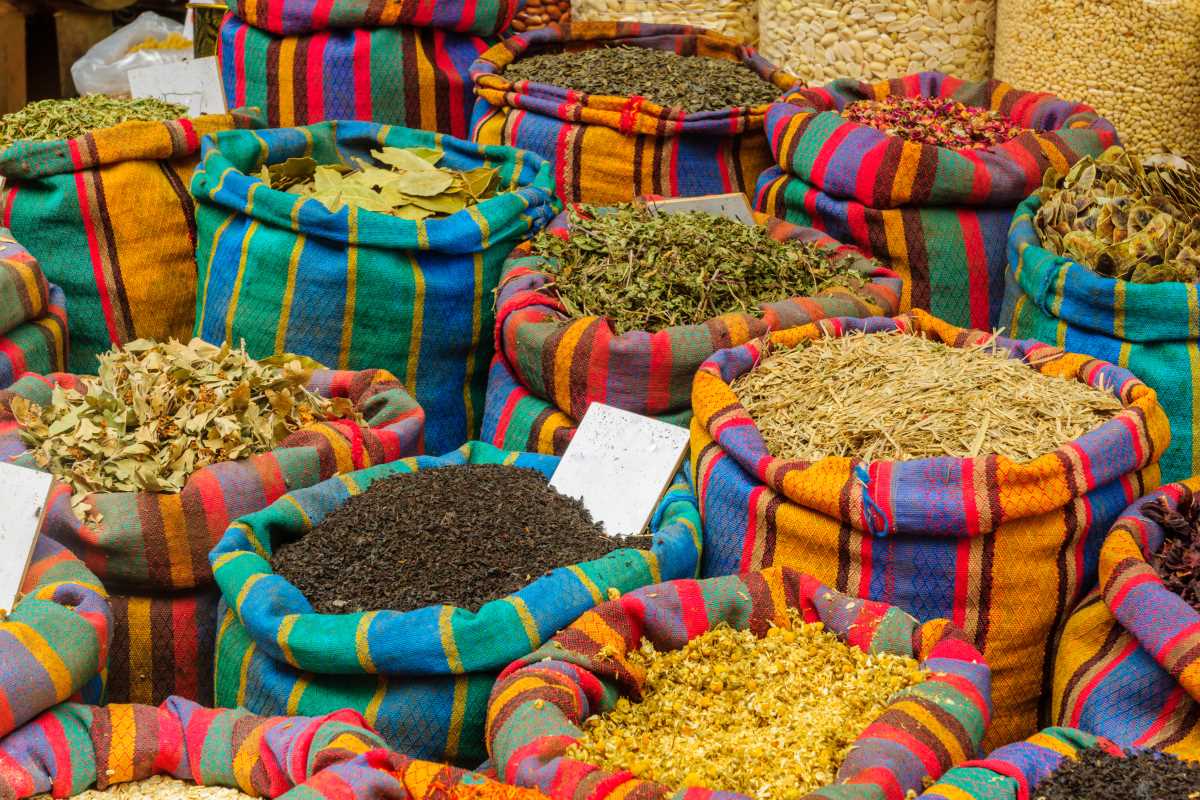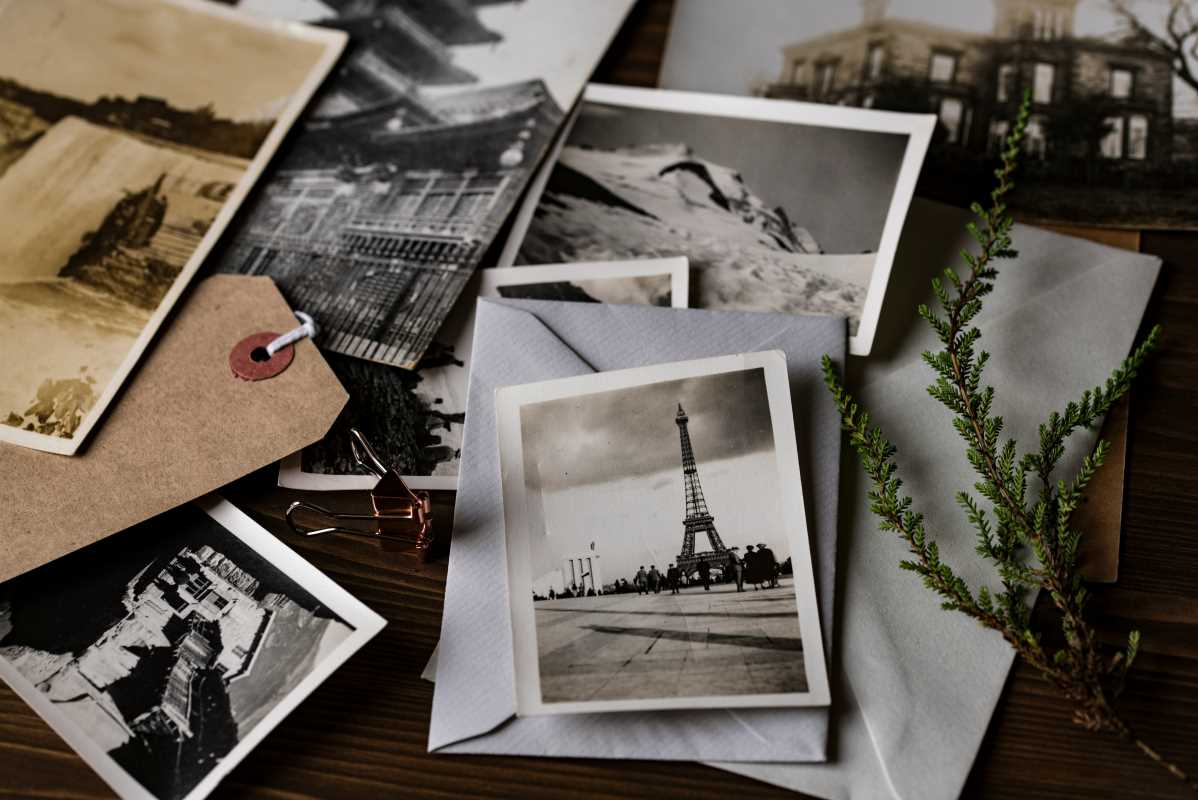When you think about traveling back in time, you might imagine castles, ancient ruins, or museums filled with artifacts. But what if the key to history wasn’t in what you see but in what you taste? Food has always been a central part of human culture, connecting people through shared traditions, rituals, and flavors. By tasting dishes passed down through generations, you can experience a piece of history that’s tangible, delicious, and deeply personal.
Historical recipes offer a unique way to explore the world and its stories. Whether you’re savoring medieval marzipan in Europe, enjoying an ancient stew recipe in the Middle East, or learning about Indigenous food traditions in North America, you’re connecting with the past through your plate. Here’s how exploring history through food can enrich your travels, plus tips on where to go and how to find these culinary treasures during your adventures.
Why Food is a Window to History
Food isn’t just something we eat to survive; it’s a living record of our history. Recipes are passed down like stories, each ingredient and technique revealing something about the time and place it comes from. When you taste a recipe that has been around for centuries, you’re not just eating a dish; you’re experiencing the flavors, resources, and cultural influences of another era.
Take something as simple as bread. From the flatbreads baked in ancient Egypt to the sourdough loaves of medieval Europe, bread tells a story about agriculture, trade routes, and technology. Or think about spices like cinnamon and turmeric, which were once so valuable they sparked global trade (and even wars). A single bite of a dish can carry the history of entire civilizations.
Food also brings people together, transcending language barriers and giving travelers a way to connect with locals. Sharing a traditional meal with someone in their own culture fosters a bond that no guidebook or museum tour can replicate.
Destinations for Historical Food
If you’re ready to add a historical twist to your culinary travels, here are some destinations and cuisines to inspire your adventures.
Italy
Italy is a true treasure trove for food lovers. Nearly every dish you encounter has deep historical roots, from the ancient Roman recipes that paved the way for modern Italian cuisine to medieval pasta-making techniques still used today. Florence, for example, is famed for Tuscan bread soup (“pappa al pomodoro”), a centuries-old peasant dish that’s a simple yet flavorful mix of stale bread, tomatoes, olive oil, and garlic.
For a hands-on experience, take a cooking class where you can learn to make recipes inspired by Roman, Renaissance, or regional Italian traditions. Bonus points if the class is in a villa or historic location!
India
Indian cuisine tells a fascinating story of trade, migration, and empire. Dishes like biryani have been shaped by the Mughal Empire, blending Persian and Indian flavors. Spices like cardamom, saffron, and cloves, which were worth their weight in gold centuries ago, continue to shine in all kinds of Indian recipes.
Travelers should head to Rajasthan for royal-inspired dishes like “dal baati churma” (a lentil dish served with hard wheat rolls and sweet crumbles) or Kerala for ancient recipes that highlight the region’s spice trade legacy. Culinary tours that explore spice plantations and traditional Indian meals are must-tries.
Middle East
The Middle East offers some of the oldest recorded recipes in the world. Ancient Mesopotamians, who lived in present-day Iraq, were some of the first to write down recipes on clay tablets over 4,000 years ago. Dishes like “hummus” and “tabbouleh” have roots that date back thousands of years, making every bite a bit of living history.
Visitors to Lebanon, Jordan, or Turkey can explore these flavors through hands-on cooking workshops or home-cooked meals with local families. Don’t miss feasting on “kibbeh,” a dish that some believe dates back to ancient Assyria.
France
French cuisine has long been celebrated as an art form, and its history reflects that legacy. While croissants and macarons are relatively recent creations, many classic French dishes have medieval or Renaissance roots. “Coq au vin,” for example, originated as a rustic dish to tenderize tough roosters, while the intricate sauces of French cuisine owe their finesse to the royal courts of the past.
To experience history in France, visit Bordeaux or Burgundy for wine and cuisine that has been perfected over centuries. Think traditional stews, pâtés, and breads baked in ovens that have been standing for generations. Food tours of France often include visits to historic markets that give you a taste of how locals have shopped for centuries.
Mexico
Mexico’s rich culinary history dates back thousands of years. The Mayans, Aztecs, and other Indigenous groups developed techniques and recipes that remain central to modern Mexican cuisine. Corn, beans, and chiles form the foundation of dishes as old as the civilizations themselves, like tamales and mole.
A visit to Oaxaca, the birthplace of mole, allows you to taste recipes that combine dozens of ingredients using ancient methods. Many traditional cooking schools in Mexico highlight recipes handed down over generations, often cooked in earthen pots over open flames.
Tips for Finding and Experiencing Historical Recipes
Exploring historical food doesn’t always mean dining in fancy restaurants. Often, the best way to find authentic recipes is by seeking out smaller, local experiences. Here are some tips to guide your culinary adventures.
- Take a Cooking Class: Cooking classes aren’t just fun experiences; they’re a way to learn the stories and traditions behind local dishes. Many classes focus on traditional techniques or ingredients that are central to the region’s heritage.
- Visit Local Markets: Historic food traditions are often alive and well in markets. Look for spice vendors, bakers, or butchers who can tell you about the cultural or historical significance of their ingredients.
- Talk to Locals: Sometimes the best tips come from chatting with locals. Ask your guide, host, or market vendor about the history of a dish you’re eating or where to find traditional recipes prepared authentically.
- Seek Out Historical Restaurants or Festivals: Many cities have historic taverns, bakeries, or food festivals that focus on keeping old cooking traditions alive. Research events or eateries with a story to tell about their dishes.
- Read History Through Food: Books and blogs often explore the culinary histories of specific regions. Bringing that context to your travels deepens your appreciation for what you’re eating.







